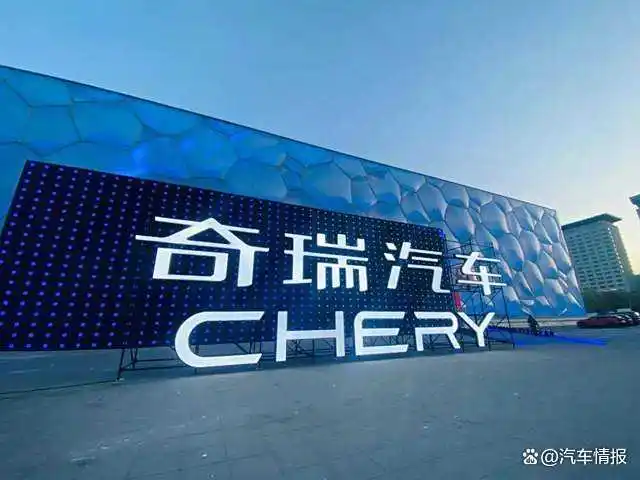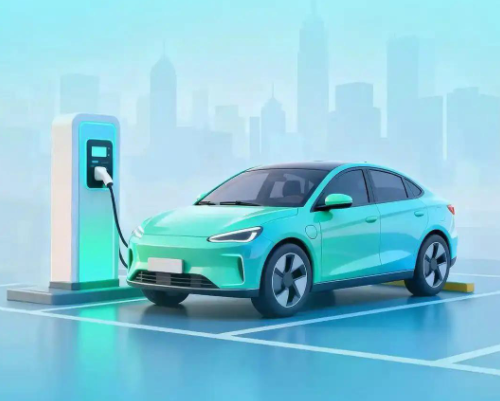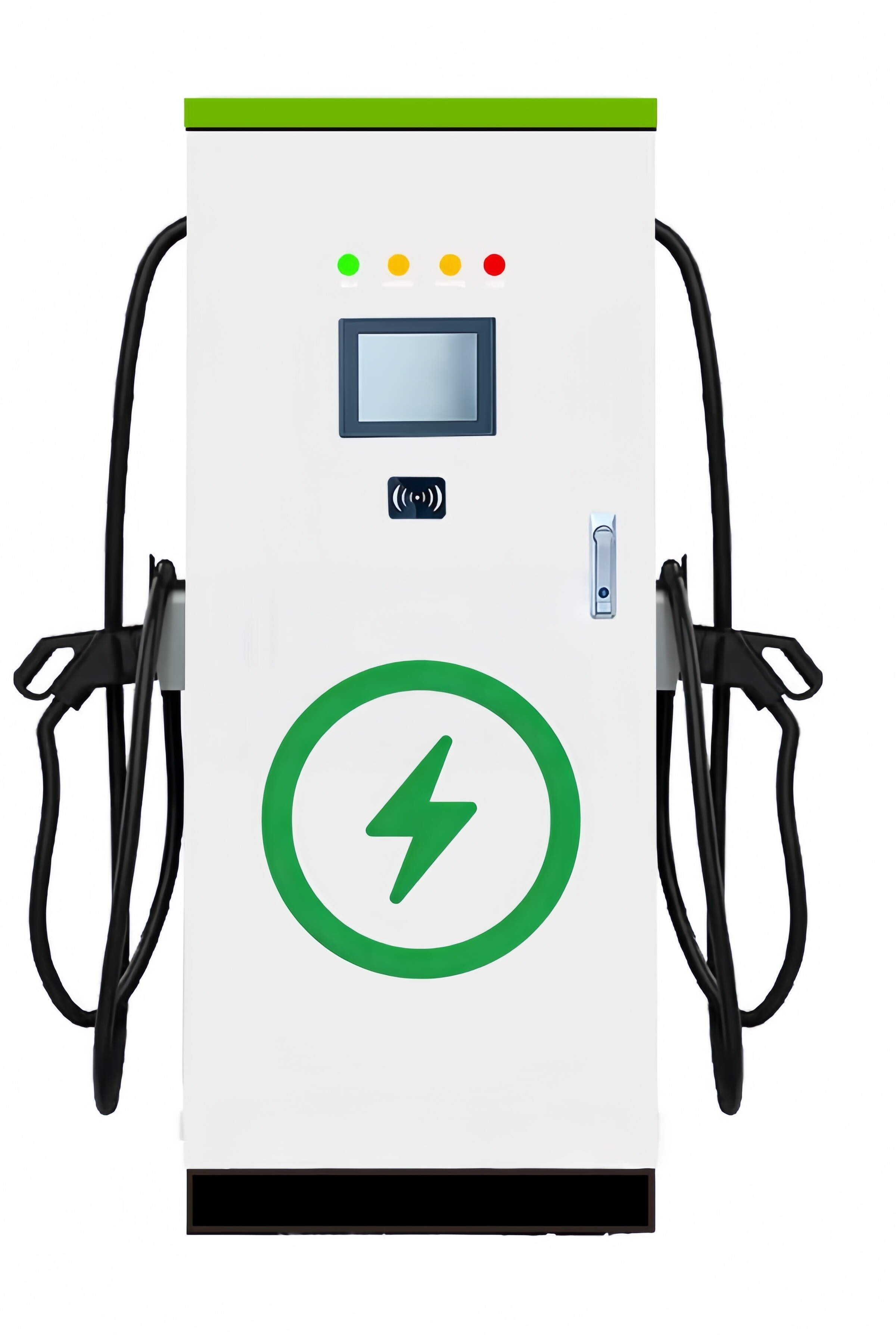Categories List
In recent years, the market for new energy electric vehicles and charging stations in Thailand has witnessed a rapid growth, making it one of the leaders in the new energy vehicle sector in Southeast Asia. Guided by the national strategies of carbon neutrality and green transportation, the Thai government has actively promoted the popularization of electric vehicles and the localization of the industrial chain. Through policy incentives, infrastructure investment, and international cooperation, it is striving to build a "Southeast Asian Electric Vehicle Manufacturing Center". By 2025, the Thai government plans to achieve that 30% of new vehicles sold are electric, and by 2030, this proportion will be raised to over 50%. At the same time, institutions such as the National Electricity Authority (EGAT), the Ministry of Energy, and the Thailand Investment Promotion Board (BOI) have introduced various supportive policies, including purchase subsidies, tax exemptions, and funding support for charging station construction, injecting strong impetus into the industry's development.
In terms of market structure, the Thai electric vehicle market is transitioning from high-end imported models to local assembly and mid-range products. Brands such as BYD, Changan, NIO, MG, and VinFast are accelerating their layout of vehicle and component factories in Thailand, gradually replacing the market share of traditional internal combustion engine vehicles. Thailand's local automotive manufacturing industry has a solid foundation, providing strong support for the transformation of the electric vehicle industry. The passenger vehicle market is dominated by pure electric models (BEV), covering urban commuting, ride-hailing, and taxi services, while electric motorcycles and three-wheelers have seen rapid growth among low-income groups.
In terms of charging infrastructure, Thailand is accelerating the construction of a nationwide charging network, with key cities such as Bangkok, Chiang Mai, and Pattaya having basically achieved the layout of fast-charging networks. Local and international enterprises such as EGAT, PTT, EA Anywhere, and Delta are actively investing in charging stations and power supply systems, promoting the development of DC fast charging, vehicle-to-grid (V2G), and solar energy storage charging stations, to address users' concerns about range and convenience. According to the plan, Thailand is expected to build at least 120,000 charging terminals by 2030, facilitating the large-scale popularization of electric vehicles.
In the Thai new energy electric vehicle market, BYD currently holds a leading position. According to data from 2024, its annual sales exceed 30,000 units, accounting for nearly 30% of the pure electric vehicle market share, and becoming the most recognized electric vehicle brand by Thai consumers. MG of SAIC has steadily ranked second, with popular models such as MG ZS EV. Since 2024, Nio Auto has rapidly risen in Thailand, occupying about 10% of the mid-to-low-end market share.
In addition, brands such as VinFast, Changan Automobile, and Renault have also entered the market, gradually occupying the market gaps. In the non-Chinese capital camp, Hyundai and Nissan, although having started early, have slightly declined in market share due to price and product update issues. Volkswagen and BMW are mainly targeting the high-end electric vehicle market, with relatively stable sales.
Overall, the Thai new energy electric vehicle and charging station market is in a stage of the convergence of policy windows and industrial transformation, being one of the most attractive investment hotspots for new energy transportation in the ASEAN region. As the global new energy transition accelerates, Thailand, as a major automotive manufacturing and export country in Southeast Asia, is gradually transforming from a traditional fuel vehicle production center to a regional new energy transportation hub. In the coming years, the Thai new energy electric vehicle and charging station market will exhibit three major trends: "policy guidance, foreign investment drive, and local component upgrading".
Leave A Reply
Please Give Us A Message




